Styles of Japanese Calligraphy
Japanese calligraphy uses both borrowed Chinese characters or kanji (漢字) and two
unique Japanese scripts (kana)—syllabaries of modified Chinese characters. The
two sets of characters for writing kana are hiragana (rounded, flowing
strokes, more cursive in appearance)—e.g.,
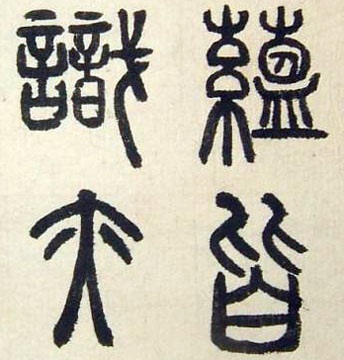 seal script tensho 篆書 |
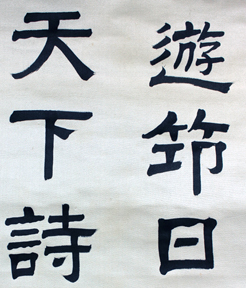 clerical style
reisho
隷書
clerical style
reisho
隷書
|
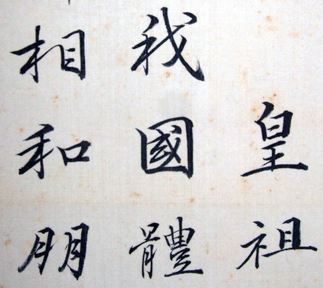 square style
square style(block style) kaisho 楷書 |
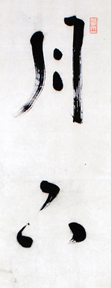 semicursive style
semicursive style(running style) gyōsho 行書 |
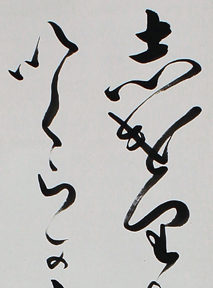 cursive style
cursive style("grass" style) sōsho 草書 |
Often kanji (see below) are brushed in a bold, splashy, and forceful way while hiragana script tends toward an elegant cursive look, even wispy like tendrils of smoke. Katakana has a more straight forward angular look. Each script style has its own peculiar visual pleasures.
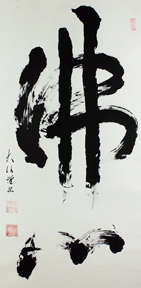
Kanji |
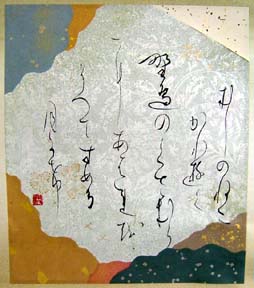
Mixed kanji and hiragana |
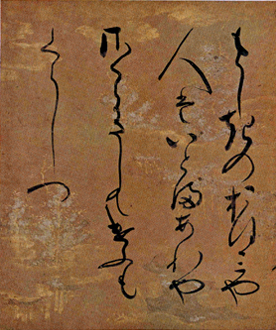
Hiragana |
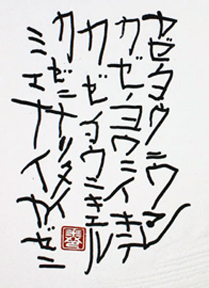
Katakana |
Within these main traditions a wide range of variations is possible. For example, see the character 月 (moon) in several works by Maki Haku 巻白 (1924-2000):
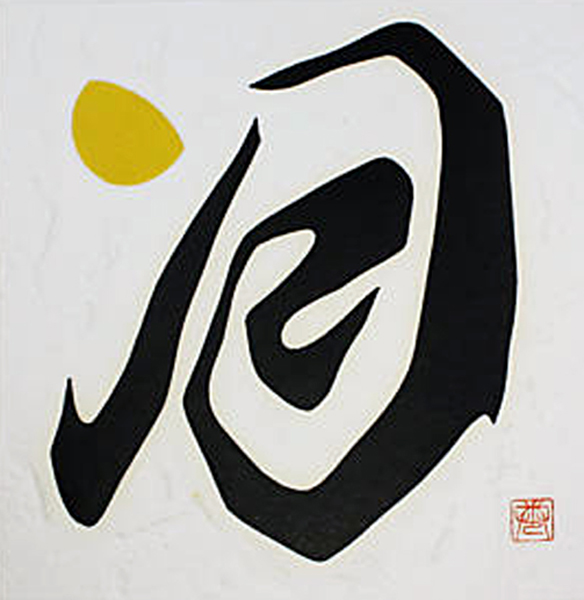
Moon |
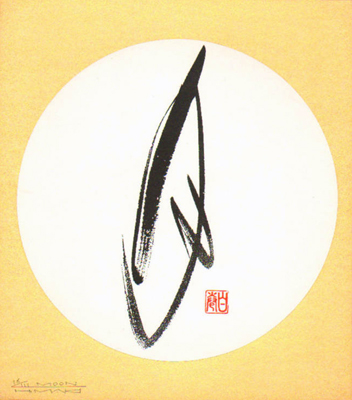
Moon |
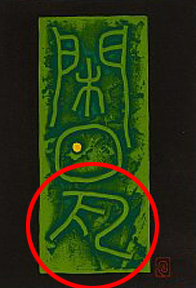
Poem 71-4 |
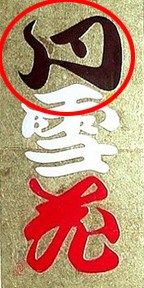
Poem 72-2 |
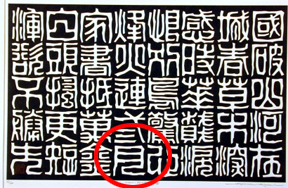
Poem 72-42 |
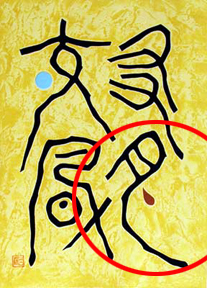
Poem 72-44 |
Many Japanese calligraphers are influenced by a style called bokuseki 墨跡 (ink trace) developed by Buddhist monks, especially Zen practioners. This style is characterized by invention, personal expression, and often a studied disregard for calligraphic rules. Such works are often hard to decipher even for experts since the vitality and dynamic flow of the brushwork are often more highly prized than immediate legibility. These works exemplify the Chinese concept of xin yin 心印 (heart imprint) as a direct material expression in ink on paper of personal spirit. Another script style developed under the influence of esoteric Buddhist sects such as Shingon. This is called bonji—a script based on the siddhaṃ alphasyllabary. Typically it is used to write sutras, mantras and seed syllables for meditation.
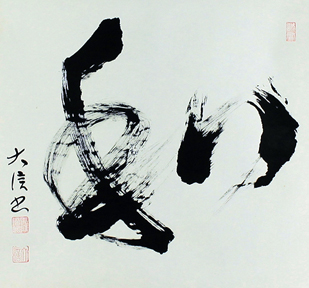 Bokuseki 墨跡 Maniwa Nobuzō 馬庭信蔵. |
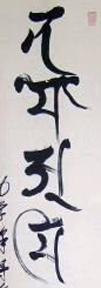 Bonji 梵字 |
In addition to the styles mentioned above, some contemporary Japanese calligraphers push the "normal" rules in their work and emphasize the painterly characteristics of the art.
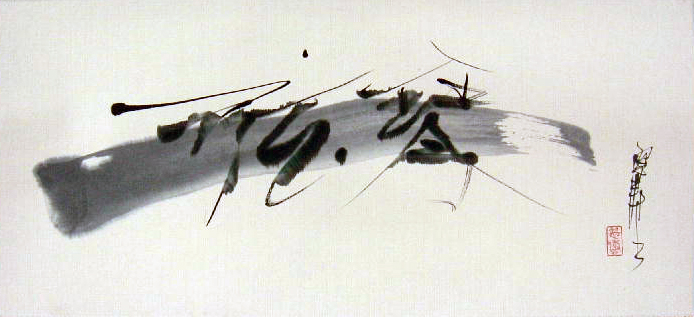
Zuitō 翠涛. |
|
|